The 6 Stages of Contract Lifecycle Management
A brief overview of the contract management process
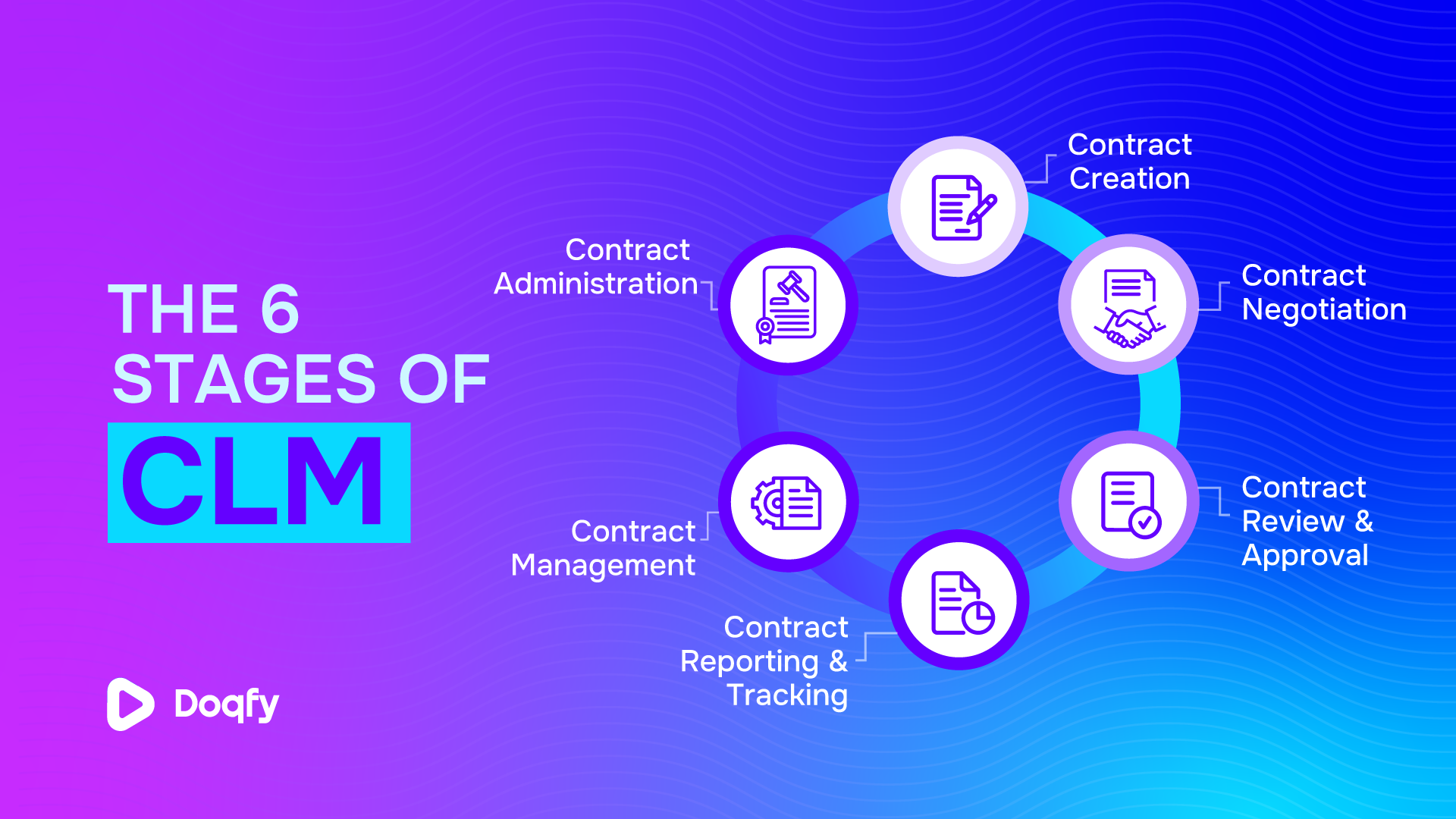
Contracts have been instrumental in the functioning of human society for millennia. The oldest existing agreement known to scholars is a purchase/sale agreement dating back 4300 years.
The process of contract management too has remained the same since time immemorial. What however has changed is the availability of new tools and techniques to make this entire process more foolproof; Tools like Contract Lifecycle Management (CLM) software.
Let’s have a look at the 6 distinct stages of contract management and how CLM software enhances each stage:
1. Contract Creation

When initiating a contract, the first step is obviously to draft the document. This is to ensure compliance and clearly outline the services requested by both parties. The contract should specify the duration, pricing if applicable, expected outcomes, and procedures for addressing any uncertainties.
While organizations often use available contract templates, it is crucial to conduct rigorous compliance checks to adhere to the most current regulations.
Contract Lifecycle Management (CLM) software facilitates this process by providing up-to-date standardized templates that reflect the latest regulatory changes. This not only saves time but also helps reduce compliance-related costs.
Did You Know?
Organizations that adopt CLM solutions can achieve up to an 80% reduction in contracting time.
2. Contract Negotiation
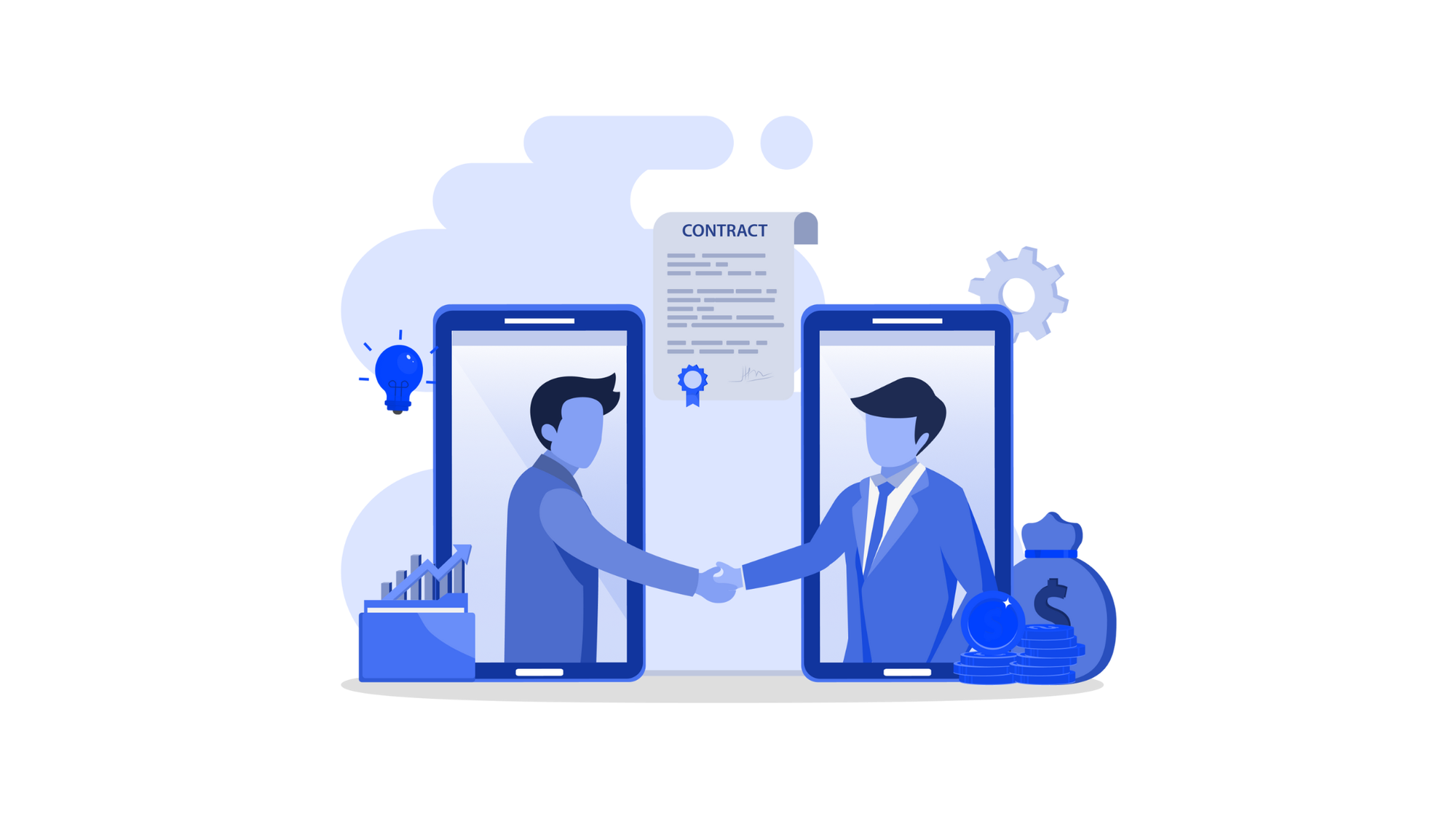
The contract negotiation stage aims to align the involved parties through detailed discussions and negotiations.
Managing these negotiations with multiple parties can lead to major challenges. This includes issues with file version control, data security, and coordination. Without a centralized system, companies risk overwritten files, unauthorized access, and difficulties in tracking changes. This can compromise the integrity and efficiency of the process.
With CLM software in place, you will always have access to the most current and accurate contract versions. Even better, it provides a centralized repository to manage all in a single place. This repository not only ensures you view the correct version but also maintains a comprehensive audit trail of all historical versions.
Did You Know?
The negotiation phase can account for upwards of 25% of the overall sales cycle. Reducing negotiation time by just 10% can lead to a significant shortening of the sales cycle, enhancing revenue generation and customer satisfaction.
3. Contract Review & Approval

Once the contract clauses are finalized, they must be approved by senior stakeholders. These may include managers, investors, leads, and other relevant parties.
Manual tracking of these approvals can be time-consuming, often taking weeks or even months due to varying stakeholder availability.
Contract Lifecycle Management (CLM) software streamlines this process by automating approval tracking and sending timely reminders to stakeholders. This ensures that deadlines are met and approvals are received promptly.
Did You Know?
On average, even medium-complexity agreements take between seven to 10 weeks for approval.
4. Contract Administration
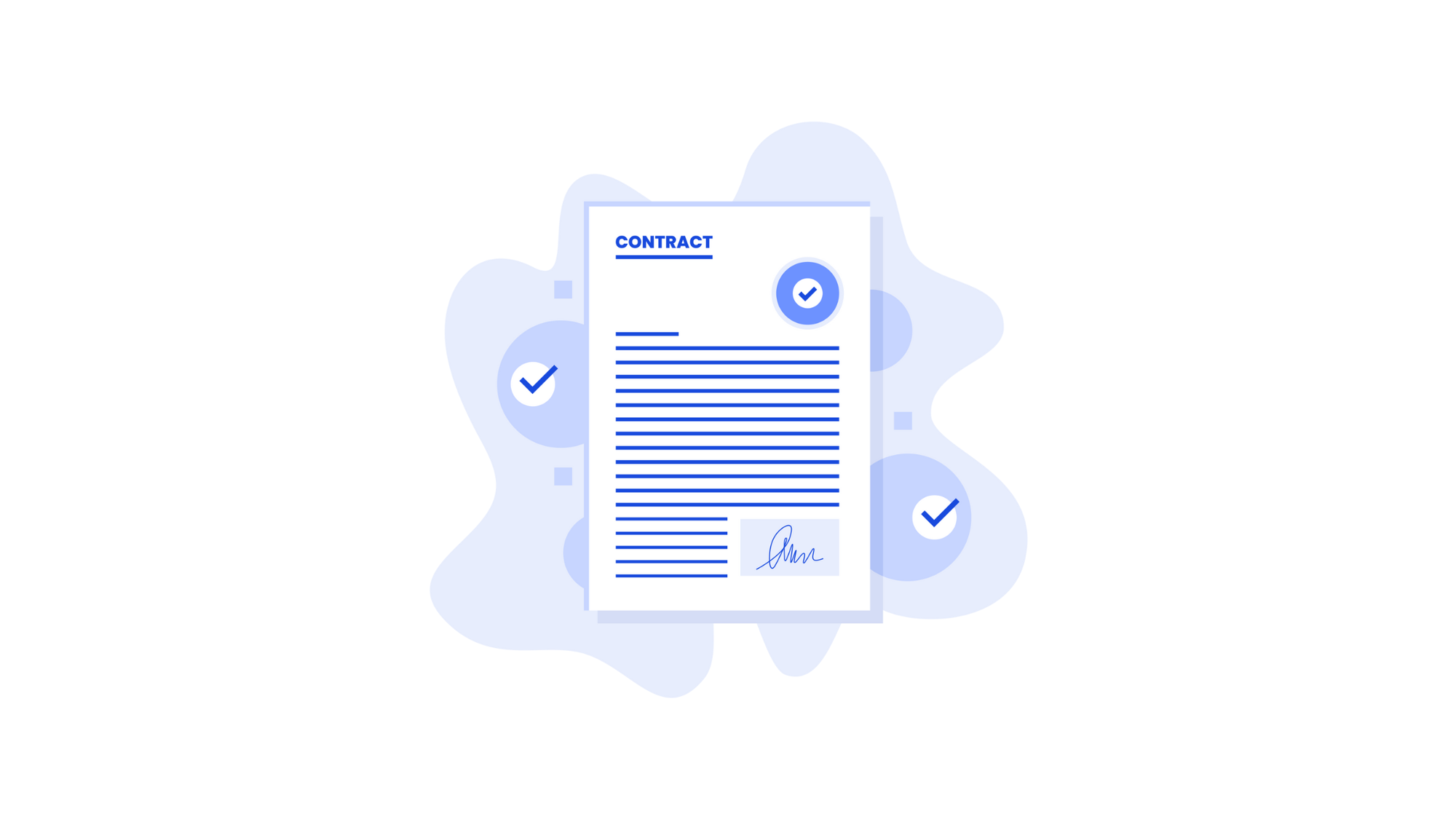
This stage involves signing the contract and seeing it through the subsequent stages of contract management. Once signed, contracts must be stored securely to protect the data.
Physical storage poses significant risks in terms of security and even locatability.
CLM software simplifies this stage by offering e-signing capabilities, making the signing process more efficient. It also provides a centralized repository with strict access controls. This repository not only stores all versions of the document but also restricts access to authorized parties, ensuring the security of contract data.
Did You Know
Some companies have seen as much as $1 million in savings in one year due to a reduction in contract administrative data waste.
5. Contract Management
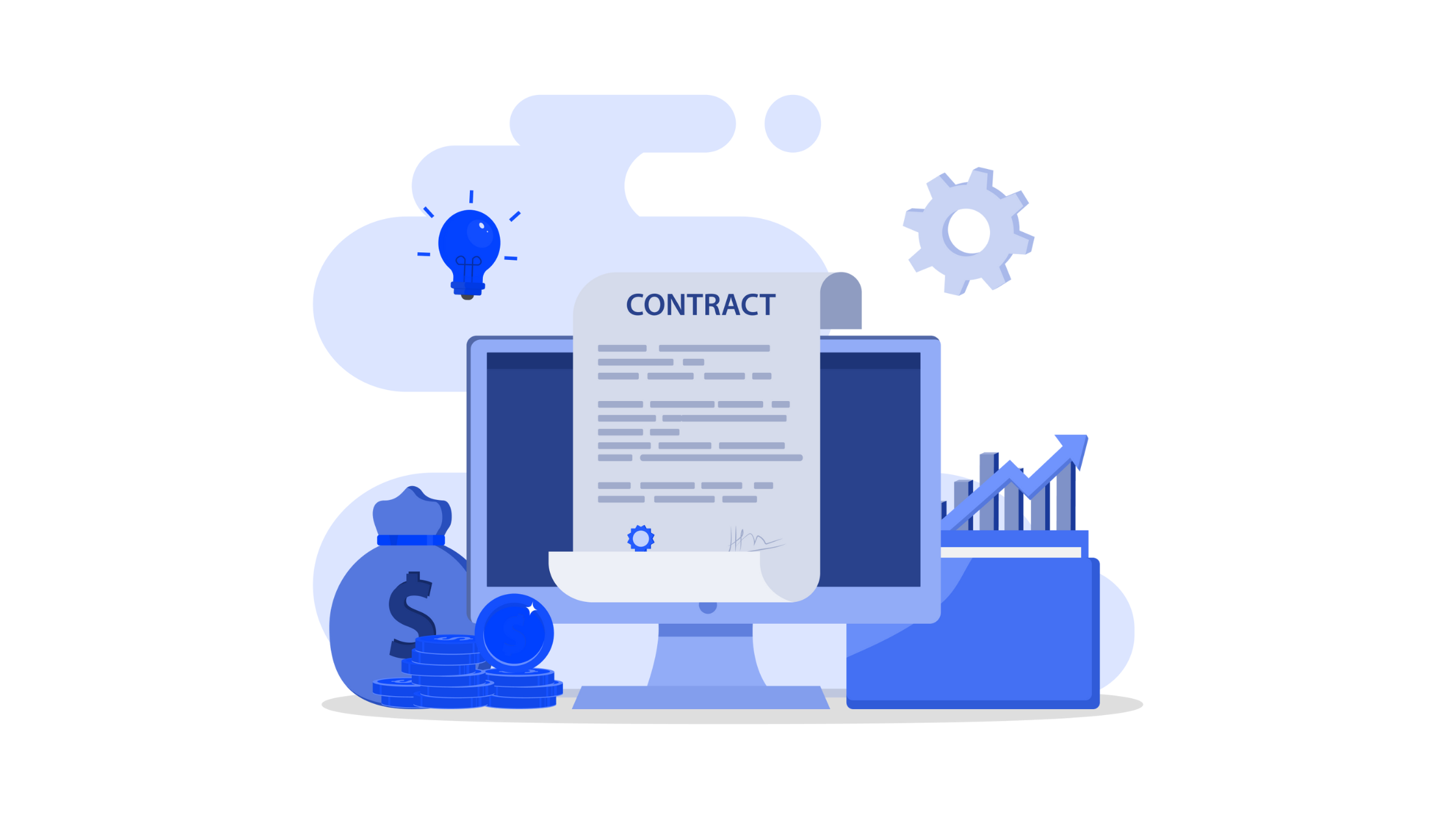
It is once all terms are finalized that the actual management of ongoing contracts begins. This process involves ensuring that contracts fulfill their stated obligations while remaining compliant with relevant regulations.
Key tasks include monitoring the contract duration, tracking any necessary changes or amendments, ensuring that milestones are met, and conducting timely audits to verify that all contract aspects are functioning as intended.
With a CLM system in place, automated alerts can be set for all milestones, ensuring that key obligations are never overlooked.
Did You Know?
15% of larger companies lose out on revenue due to contract mismanagement.
6. Contract Reporting & Tracking
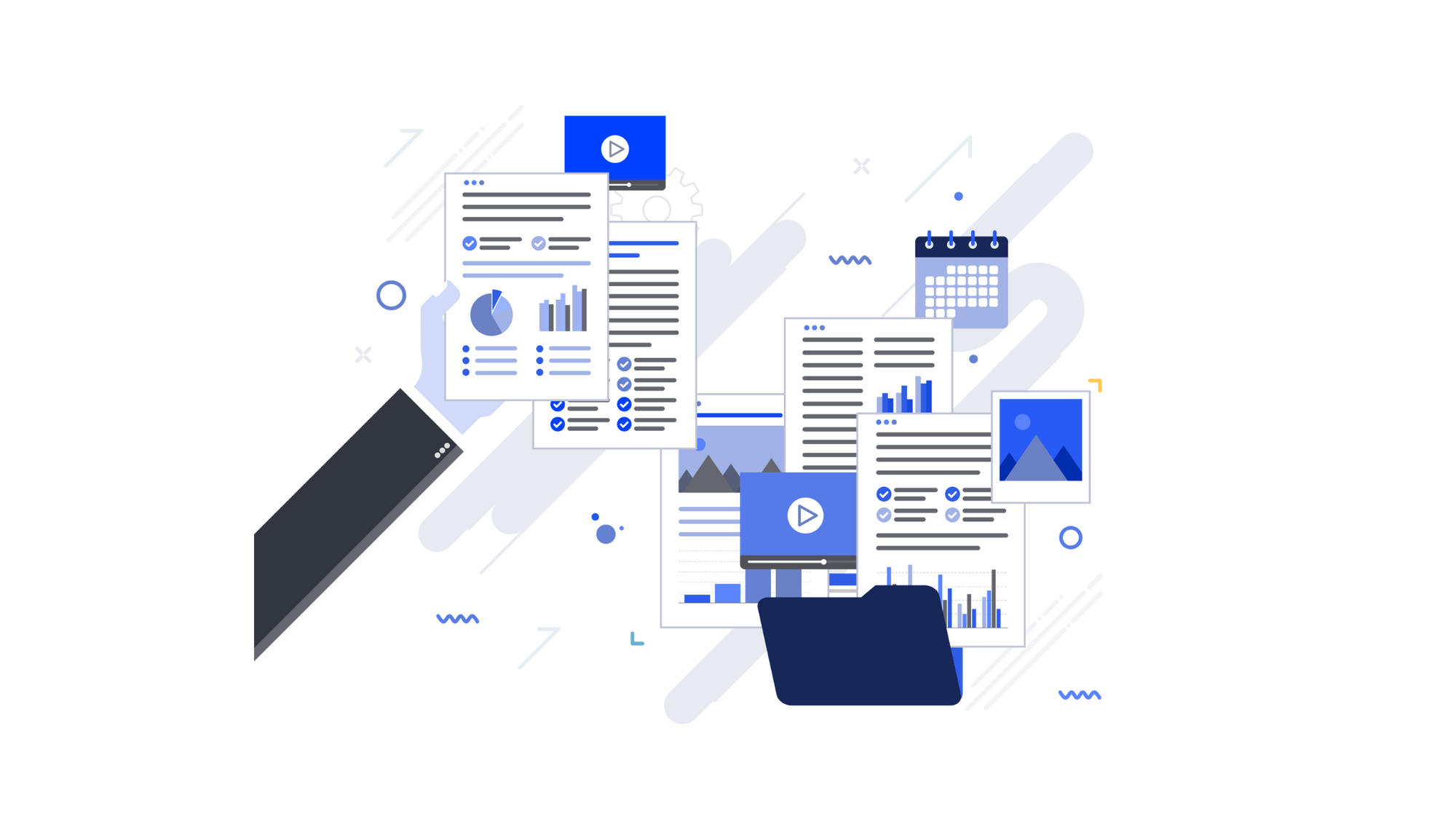
Generating reports and tracking a single contract may be straightforward but can still be time-consuming. For organizations managing multiple contracts simultaneously, complexity grows with each additional contract.
Missed deadlines, changes, and renewal or termination timelines can lead to significant revenue losses and pose substantial legal and procurement risks.
Contract Lifecycle Management (CLM) software mitigates these issues by providing automated reporting, tracking, and alerts for all critical contract stages. Additionally, CLM systems store every version of each contract in a central repository, making it easy to access documents when needed. This reduces tracking time and helps organizations adhere to renewal and termination timelines.
Did You Know?
The Journal of Contract Management reports that an astounding number of 71% of companies cannot find 10% or more of their contracts. Lost contracts can cost a lot of money since it can lead to penalties, missed renewals, and other revenue-impacting governance.
What Lies Ahead for CLM Beyond Automation?
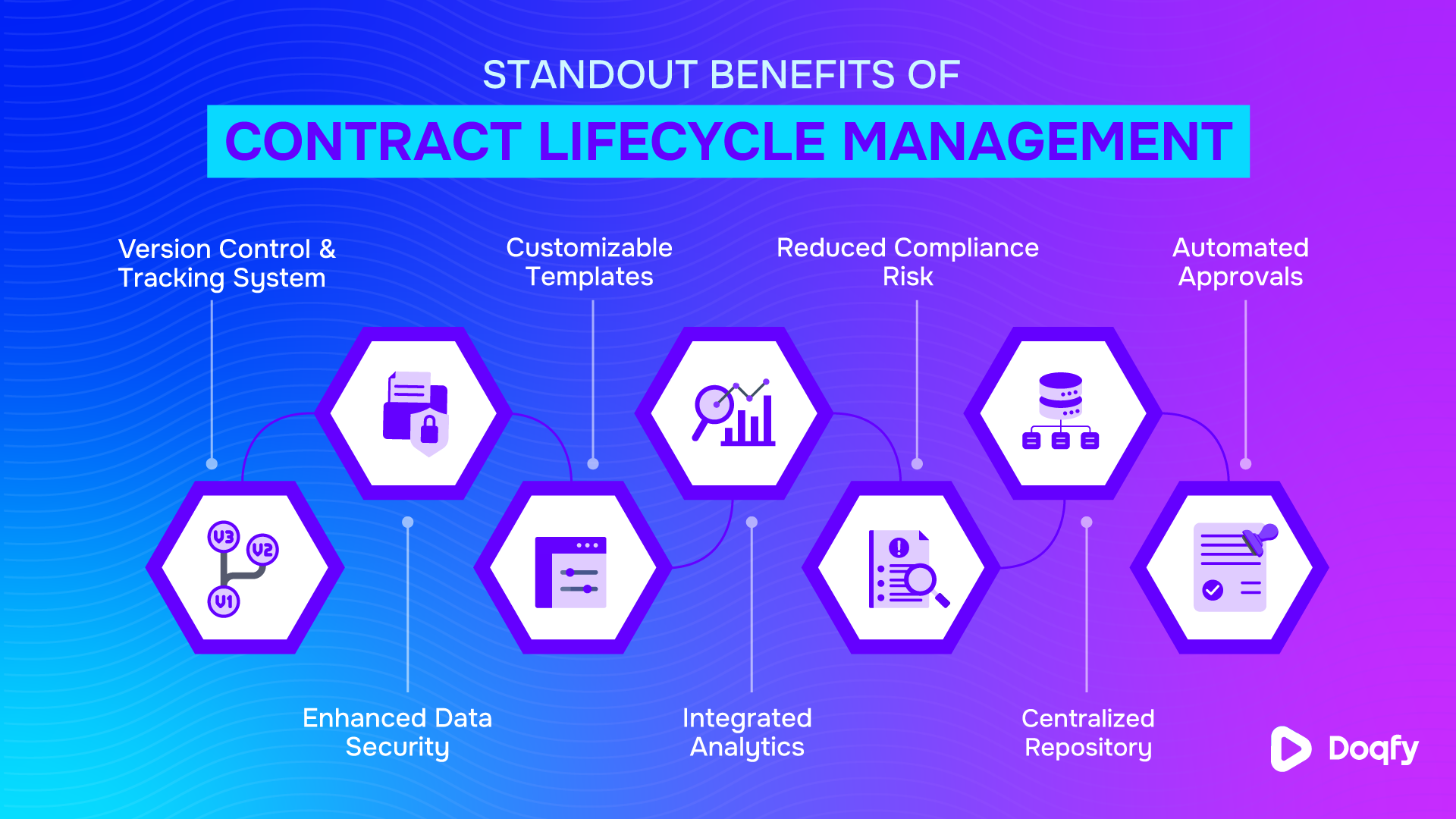
Just like almost every other aspect of our lives, Artificial Intelligence is making its mark in the Contract Management world too. Today’s Contract Lifecycle Management (CLM) solutions often include features such as e-signing and stamping, standardized templates, version and access control, and centralized repositories. These functionalities have already demonstrated significant benefits to organizational contract processes.
However, to fully capitalize on the current AI revolution, it’s essential to incorporate tools with advanced AI capabilities. An AI-powered CLM tool like Doqfy offers sophisticated features such as contract data extraction and data summarization. AI tools systematically categorize and structure contract data, simplifying information retrieval and review. This enhanced data management supports better decision-making and more efficient contract analysis. Additionally, AI-generated insights and analytics help identify trends, performance metrics, and areas for improvement, leading to more informed strategic decisions.
A CLM solution is no longer merely a requirement; it is a necessity. It not only saves time on routine tasks but also helps prevent revenue leakage, making a significant impact on your bottom line. With the rapid advancements in technology, AI has become increasingly valuable across industries. To remain competitive, organizations must invest in AI-powered tools. Solutions like Doqfy ensure that you stay ahead of market disruptions while maintaining speed, compliance, and efficiency in your contract lifecycle management.
Click here to book a demo now and see the magic with your own eyes.
References
- Atteberry, Em. 2023. “9 risks of bad contract management (that you can't afford).” Agiloft. Phot.
- Bishop, Randy. 2018. “Six Things You Didn't Know About the History of Contracts.” ContractSafe.
- Dyer, Willam. 2023. “8 Must-Have Features for Advanced Contract Lifecycle Management Software for Enterprises [with Screenshots] - Zycus iContract.” Zycus - iContract.
- Levy, Colin. 2023. “Sealing the Deal: Leveraging Contract Data to Power Your Negotiation Strategy.” Contract Nerds.
- Naughter, Tara. 2019. “How to Solve Your Biggest Contract Approval Process Problem.” ContractWorks.
- Overvest, Marijn, Sjoerd Goedhart, and Ruud Emonds. 2024. “Contract Management Statistics 2024 - 55 Key Figures.” Procurement Tactics.

